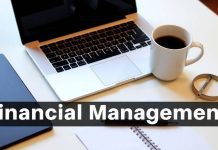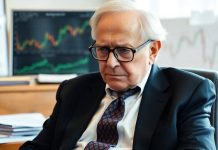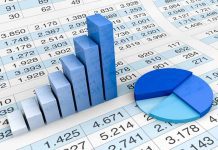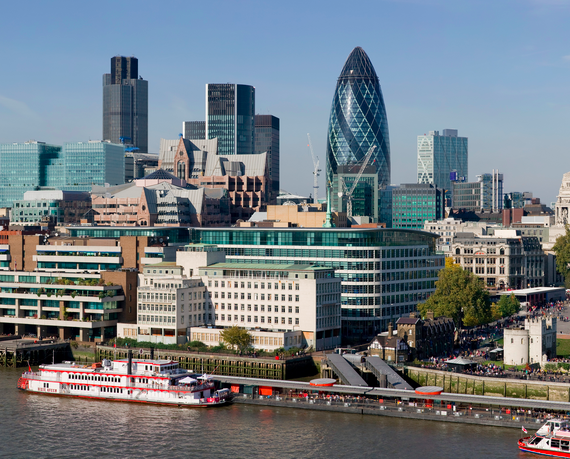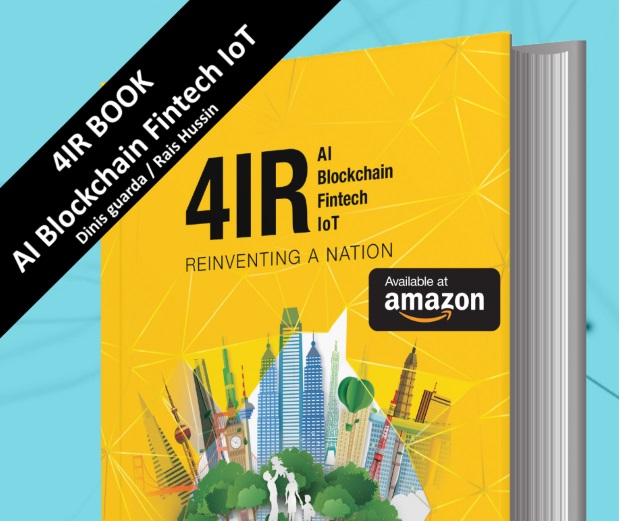Carbon markets are no longer niche—they’re becoming central to global finance. The FIX EMEA 2025 panel discussion, held on 6 March, provides critical insights into how carbon markets and renewable energy investments are transitioning from marginal environmental tools to central components of global financial strategy. Hosted by the FIX Trading Community, the panel is moderated by Hirander Misra, Chairman and CEO of ZERO13 and GMEX Group, and brings together experts from across the carbon and financial ecosystem.
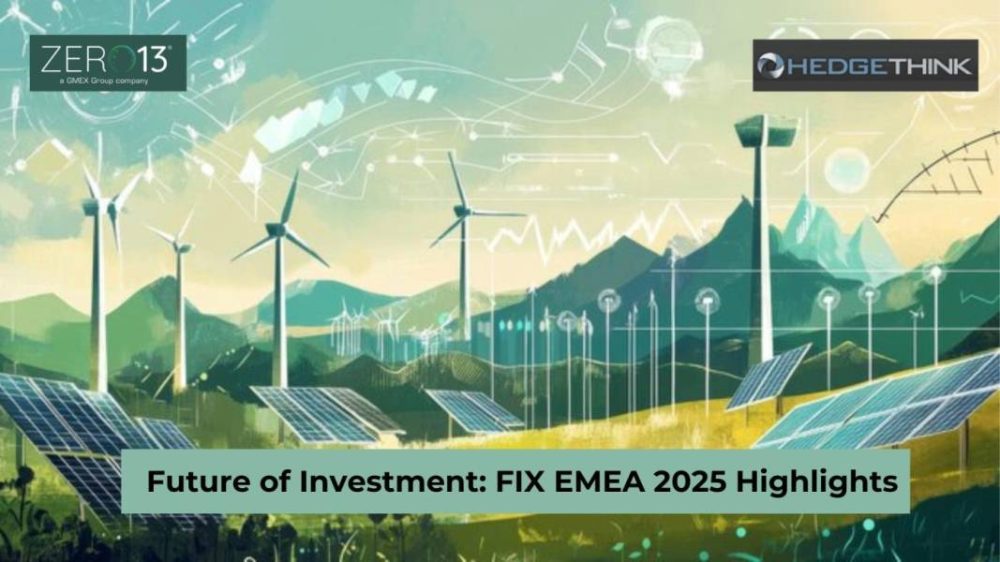
The global investment landscape is undergoing a significant transformation as carbon markets and renewable energy shift from niche segments to core pillars of financial strategy. Against this backdrop, the FIX EMEA 2025 panel discussion, held on 6 March, brought together leading voices from the finance, technology, and environmental sectors to examine the rapid evolution of carbon trading and the growing role of sustainable investments in shaping market priorities.
Moderated by Hirander Misra, Chairman and CEO of ZERO13 and GMEX Group, the session highlights how financial institutions, policy frameworks, and digital innovation are collectively driving change. With expert insights from organisations such as Nasdaq, Carbonplace, Xpansiv, Abaxx, and the International Emissions Trading Association (IETA), the panel explores the critical shifts, challenges, and opportunities that define the current and future state of carbon and renewable investment markets.
The event features contributions from:
- Robert Bose, CIO & Head of Product, Carbonplace
- Belinda Ellington, Senior Advisor, International Emissions Trading Association (IETA)
- Robin Green, Carbon Market Development, Nasdaq
- Scott Hernandez, Managing Director of CFS, Xpansiv
- Alasdair Were, Director of Environmental Markets, Abaxx Commodity Futures Exchange and Clearinghouse
Carbon trading: Why now?
It’s no longer a question of whether to engage with carbon markets – but how to do so effectively. Scott Hernandez set the tone early in the discussion: “Carbon markets are at a tipping point. What was once a niche, voluntary effort is now an essential tool for regulatory compliance, financial strategy and corporate sustainability.”
As a starting point for the conversation, we discussed the distinction between compliance and voluntary carbon markets: Compliance Markets, such as the EU Emissions Trading System (EU ETS) and California’s Cap-and-Trade program, operate under regulatory frameworks that require carbon emitters to purchase corresponding “allowances”. Voluntary Carbon Markets (VCMs) provide businesses with the opportunity to proactively offset emissions through the purchase of carbon credits (as part of broader ESG commitments).
A critical takeaway? The gap between compliance and voluntary markets is closing. More governments are incorporating verified carbon credits into compliance schemes, signalling a future where these markets increasingly overlap.
The transparency challenge: What’s holding investors back?
The panellists didn’t shy away from the biggest hurdle to carbon market expansion – standardisation and transparency. Belinda Ellington broke it down:
“Right now, the market is fragmented. Different methodologies, different verification bodies, different levels of trust. Investors need certainty, and that starts with standardized, high-quality credits.”
Belinda outlined the three key layers of carbon markets:
- Primary Market – Where carbon credits originate, directly tied to projects.
- Secondary Market – Where buyers and sellers engage in bilateral trades.
- Tertiary Market – Exchange-based trading that improves price transparency and liquidity.
However, uncertainty over carbon credit quality remains a significant barrier to institutional adoption. Robin Green reinforced this point: “We need clearer rules of the road. If institutional investors are going to scale up their participation, they need confidence in credit integrity.”
Breaking the liquidity barrier: Making carbon markets investable
Liquidity – or lack thereof – was another focal point for the panel. Scott Hernandez likened today’s carbon markets to the early days of commodity trading: “We’ve seen this before. Gold, oil, even renewables had liquidity issues at the start. The solution lies in structured products and standardised contracts.”
This sentiment was echoed by Robert Bose, who spoke about how financial institutions are preparing for a more institutional-grade carbon market. For example he mentioned that Carbonplace, backed by major banks, is developing a seamless, trusted infrastructure to enable large-scale participation. But there’s still work to be done.
One promising development? Tokenisation of credits. “Digitalisation can be a game-changer,” noted Alasdair Were. “Tokenised credits improve tracking, reduce fraud, and enable fractional ownership, making participation more accessible.” This shift could open the doors for hedge funds, institutional investors and even retail participants looking to enter the market.
Policy and global expansion: Where are we headed?
With governments ramping up climate targets, the role of national and international policy, and regulation, in shaping carbon markets can’t be ignored. The panel discussed the Carbon Border Adjustment Mechanism (CBAM) in Europe and emerging compliance schemes in Asia and Latin America. These frameworks aim to create a more level playing field, ensuring that companies don’t offshore emissions to avoid domestic regulations.
Hirander Misra explained: “Article 6 of the Paris Agreement finally being agreed at COP29 in Baku in December 2024 will result in the increased issuance and trading of verified high integrity carbon credits under both Article 6.2 and Article 6.4 to make carbon markets more trusted and efficient.”
But policy alone won’t solve everything. Robin Green highlighted the critical role of voluntary markets as an incubator for compliance markets: “Many of today’s voluntary methodologies will eventually become regulatory standards. Companies that engage early will be ahead of the curve.”
What next? The future of carbon trading
The consensus was clear: carbon markets will become a fundamental part of the global financial system. But for that to happen, several things must align:
- Institutional investment must increase: More structured products and risk management tools will help bring in large-scale investors.
- Digital solutions will drive efficiency: Platforms leveraging blockchain and AI will improve transparency and reduce fraud
- Interoperability to drive interconnectivity: Orchestration layers will thrive, which enable ease of access between siloed platforms on the supply and market side.
- Continuing convergence of compliance and voluntary markets: A more unified system will enhance credibility and stability.
- Market liquidity must improve: More contract standardisation and exchange-based products will encourage participation.
- Data standards will be adopted: ISO Form 4 to standardise data and FIX protocol itself having great relevance for trading will help enable market integrity.
A market on the brink of transformation
Hirander Misra closed the session with a call to action:
“The carbon market is where fintech was a decade ago—ripe for innovation. The opportunities are massive, but success depends on collaboration, regulation, and market confidence.”
The FIX EMEA 2025 panel provides a clear message to the financial sector: carbon markets are no longer a peripheral concern. They are set to become a cornerstone of sustainable finance, offering not just environmental benefits but strategic investment opportunities. As technology providers, institutions, and policymakers align, a more robust, transparent and integrated carbon market is on the horizon.
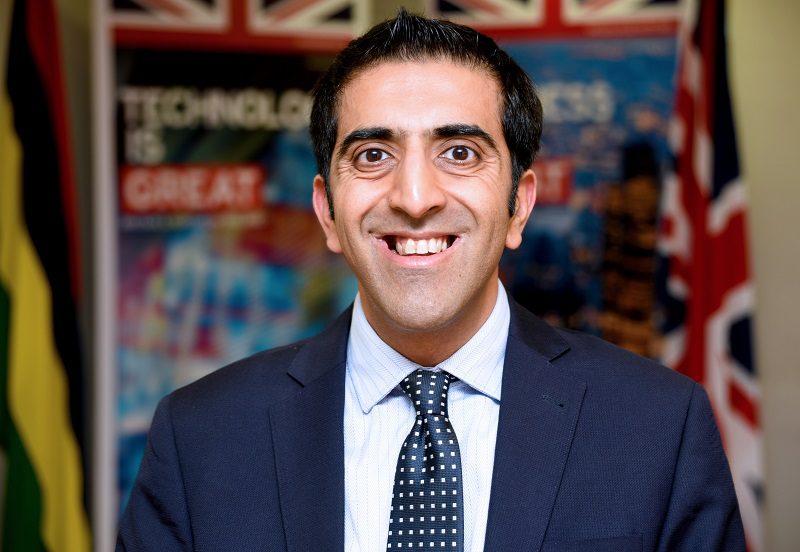
Hirander has expertise in extensive electronic trading and FinTech spanning 25 years, with successful syndication to investors and substantial exits. He is the Chairman & CEO of GMEX Group and its climate fintech platform-as-a-service ZERO13, which won the COP 28 UAE TechSprint for the use of blockchain to scale climate finance. He is one of the Top 10 influential business leaders of blockchain technology in the UK All Party Parliamentary Group report. He is also featured in LATTICE80’s Top 100 influencer list for the UN Sustainable Development Goals agenda for pioneering blockchain technology solutions. Hirander was also recognised as the Most Influential CEO 2024 – UK (Carbon Credits) by CEO Monthly, a digital magazine published by AI Global Media.
Previously he was the co-founder and Chief Operating Officer of Chi-X Europe Limited, instrumental in taking the company from concept to successful launch. At the time of his departure in February 2010, Chi-X Europe was the second largest equities trading venue in Europe, just behind the LSE Group, and was subsequently sold to Bats Global Markets (now part of CBOE Global Markets) for $365M.









